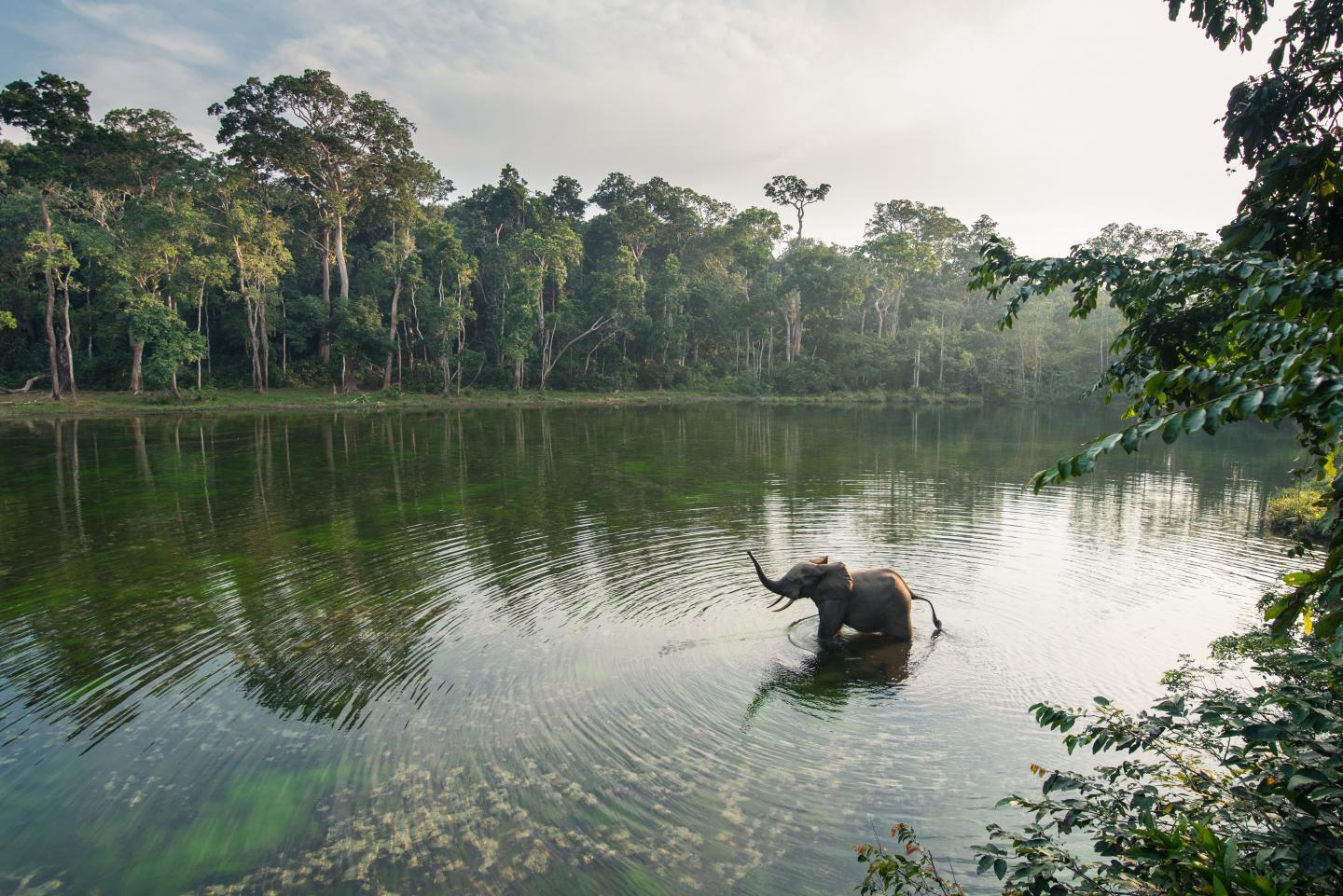
Protected areas are essential for preserving biodiversity, natural resources, and cultural heritage. These regions, ranging from national parks to wildlife reserves, play a crucial role in maintaining ecological balance. Did you know that protected areas cover about 15% of the Earth's land surface? They provide safe havens for countless species, some of which are endangered or threatened. Protected areas also offer recreational opportunities, educational experiences, and economic benefits through tourism. However, managing these areas can be challenging due to factors like climate change, human encroachment, and limited funding. Understanding the importance and challenges of protected areas helps us appreciate their value and the need for ongoing conservation efforts.
What Are Protected Areas?
Protected areas are regions designated for the preservation of their natural environment, biodiversity, and cultural heritage. These zones are crucial for maintaining ecological balance and providing sanctuary for wildlife. Let's dive into some fascinating facts about these vital spaces.
-
Protected areas cover about 15% of the world's land surface. This includes national parks, wildlife reserves, and marine sanctuaries.
-
The first national park was Yellowstone in the United States, established in 1872. It set the precedent for conservation efforts worldwide.
-
Marine protected areas (MPAs) cover approximately 7.5% of the world's oceans. These areas help safeguard marine life and ecosystems.
-
Costa Rica has over 25% of its land designated as protected areas. This small country is a global leader in conservation.
-
The Amazon Rainforest is home to numerous protected areas. These zones are crucial for preserving the world's largest tropical rainforest.
Why Are Protected Areas Important?
Protected areas play a vital role in conserving biodiversity, protecting endangered species, and maintaining ecosystem services. They also provide opportunities for scientific research and environmental education.
-
Protected areas help combat climate change. Forests and wetlands in these zones act as carbon sinks, absorbing CO2 from the atmosphere.
-
They provide habitat for endangered species. Many animals and plants rely on these areas for survival.
-
Protected areas support local economies through ecotourism. Visitors flock to these regions, generating income for local communities.
-
They preserve cultural heritage. Many protected areas include sites of historical and cultural significance.
-
Protected areas offer recreational opportunities. Hiking, birdwatching, and camping are popular activities in these regions.
Challenges Facing Protected Areas
Despite their importance, protected areas face numerous challenges, including funding shortages, illegal activities, and climate change impacts.
-
Poaching remains a significant threat. Illegal hunting and fishing can devastate wildlife populations.
-
Invasive species can disrupt ecosystems. Non-native plants and animals often outcompete native species.
-
Climate change affects protected areas. Rising temperatures and changing weather patterns can alter habitats.
-
Human encroachment is a growing problem. Expanding agriculture and urbanization threaten these zones.
-
Funding for protected areas is often insufficient. Many regions struggle to secure the resources needed for effective management.
Success Stories in Protected Areas
Despite the challenges, there have been many success stories in the realm of protected areas. These examples demonstrate the positive impact of conservation efforts.
-
The recovery of the American bison. Once nearly extinct, bison populations have rebounded in protected areas like Yellowstone.
-
Gorilla populations in Rwanda's Volcanoes National Park have increased. Conservation efforts have led to a rise in mountain gorilla numbers.
-
The Great Barrier Reef Marine Park has helped protect coral reefs. This MPA is crucial for preserving one of the world's most diverse ecosystems.
-
Costa Rica's national parks have seen a resurgence in wildlife. Species like the jaguar and scarlet macaw are making a comeback.
-
The reintroduction of wolves in Yellowstone has restored ecological balance. Wolves help control prey populations, benefiting the entire ecosystem.
Future of Protected Areas
Looking ahead, the future of protected areas depends on continued conservation efforts, innovative management strategies, and global cooperation.
-
New technologies are aiding conservation. Drones, satellite imagery, and AI help monitor and protect these regions.
-
Community involvement is crucial. Local communities play a key role in the success of protected areas.
-
International cooperation is essential. Many protected areas span multiple countries, requiring collaborative efforts.
-
Sustainable funding models are needed. Innovative financing mechanisms can help secure resources for conservation.
-
Education and awareness are vital. Raising public awareness about the importance of protected areas can drive support for conservation efforts.
The Final Word on Protected Areas
Protected areas are crucial for preserving biodiversity, safeguarding endangered species, and maintaining natural habitats. They provide a sanctuary for wildlife, contribute to climate stability, and offer recreational spaces for people. These regions also play a vital role in scientific research and education, helping us understand ecosystems better.
By supporting and expanding protected areas, we ensure future generations can enjoy the beauty and benefits of nature. Whether it's a national park, wildlife reserve, or marine sanctuary, each protected area is a step toward a healthier planet.
Remember, every effort counts. From local community initiatives to global conservation programs, protecting these areas is a collective responsibility. So next time you visit a protected area, appreciate its value and consider how you can contribute to its preservation. Together, we can make a difference.
Was this page helpful?
Our commitment to delivering trustworthy and engaging content is at the heart of what we do. Each fact on our site is contributed by real users like you, bringing a wealth of diverse insights and information. To ensure the highest standards of accuracy and reliability, our dedicated editors meticulously review each submission. This process guarantees that the facts we share are not only fascinating but also credible. Trust in our commitment to quality and authenticity as you explore and learn with us.
